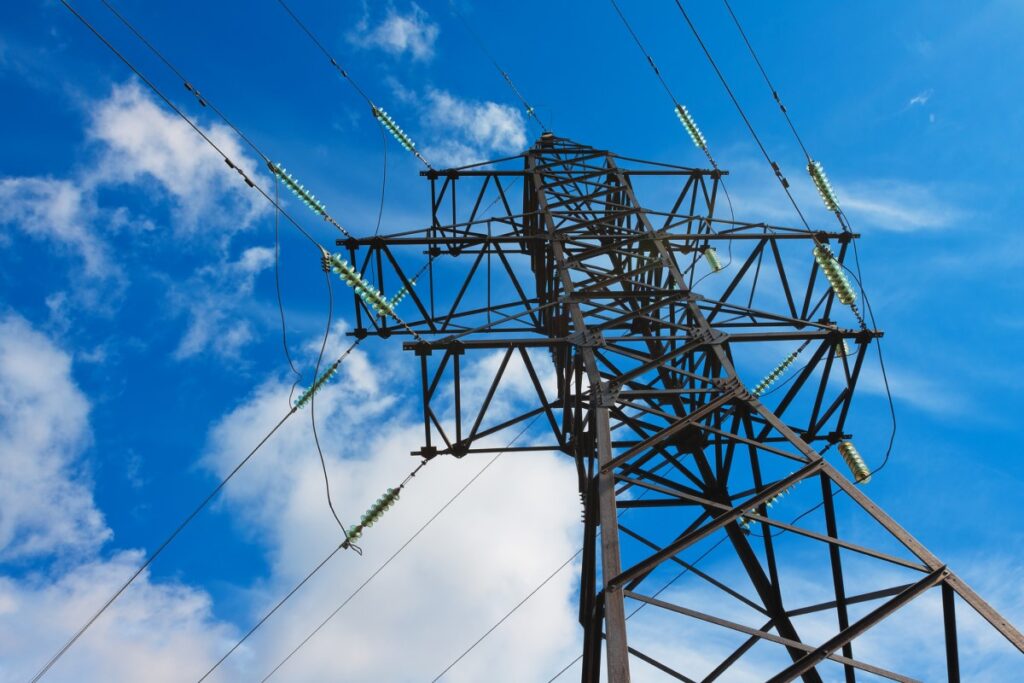Reducing Bad Debt & Collection Costs with Predictive Analytics: Part 2

Scrying, the act of staring into reflective surfaces like crystal balls to see the future, can be traced back to the Medieval Period in central Europe (between 500 – 1500 AD). Thanks to predictive analytics, it is being resurrected in modern times through a new conduit. With the goal of reducing bad debt, utilities with propensity-to-pay models can look into a shiny computer screen and see how likely a customer is to pay their bill after falling in arrears based on a score.
“Such a model does not assume that past performance will predict future results but will take it into consideration. It is much more powerful,” said James Riley, a digital and analytics advisor for Sempra Utilities, during an interview for part one of this series, Reducing Bad Debt & Collection Costs with Predictive Analytics. Jody Allison, Vice President of Transformation for Algonquin Power & Utilities Corp., also participated in the discussion.
While Part 1 focused on the what and why for propensity-to-pay modeling–compared to traditional collections strategies that rely on external and eventually internal credit scores–Part 2 will go into planning, building and operationalizing such a model.
Once a utility decides that propensity-to-pay modeling may be beneficial for their organization, how should they go about assessing and quantifying the size and nature of the opportunity to reduce bad debt?
JR: “Before utilities rush headlong into predictive analytics, they should start with some good, old-fashioned descriptive analytics on their historic data. Start with key metrics that quantify the problem such as Days Sales Outstanding (DSO), and the Collections Efficiency Index (CEI) that measure the amount collected as a percentage of total receivables in a selected time period. Understanding how these metrics vary by different customer segments and by season will help utilities start to prioritize focus areas.”
JA: “In addition to the key metrics James mentioned, utilities should also focus on the cost drivers of the current, credit and collections process, like related call volumes, staffing costs, truck rolls for connect and disconnect, etc. This data should be combined with an understanding of current business challenges. For example, if truck rolls for disconnect are at maximum capacity, is there an opportunity to change the prioritization of truck rolls based upon a propensity-to-pay score? This analysis will tell the utility where the biggest problems and biggest savings might be made. It will also form the basis of a business case to justify an investment in a predictive model.”
So, when a utility understands where the biggest problems and opportunities are, is it time to build that predictive model?
JA: “Not yet. It is really important that utilities combine the size of the opportunity with their ability to make changes to credit and collections processes. Regulatory requirements must be followed. Many utilities are required to identify and protect certain customer segments, such as low income and the elderly, that would override any predictive scoring.
“Within those segments, what if I could identify the customers with the lowest propensity-to-pay and proactively offer them levelized payment plans to spread seasonal costs over the year, and payment arrangements that help to avoid potential disconnection for non-payment? This would not only help those customers, but also reduce the recovery dollars that are funded by the entire customer base.”
JR: “I completely agree with Jody; the answer is not yet. Beyond regulatory requirements, one area that shouldn’t be overlooked is the ability to make changes to the existing CIS platform, or platforms, to act upon a predictive score. One utility I spoke to, and for whom we could have delivered predictive scores for in less than 3 months, told me it would take them at least 12-18 months to make changes to their existing CIS platform, greatly increasing the time-to-value of any such initiative.
“To maximize the benefits of predictive analytics for credit and collections there is no doubt in my mind that a utility must combine the size of the opportunities available to them with the ability to act upon them.”
Describe the process by which a predictive model is built and tested?
JR: “The magic ingredient for predicting the future, ironically, comes from the past: Historic data. Lots of it. A data scientist, experienced in building such models, can help a utility identify, prepare, and aggregate historic data into a state where it can be used to build a predictive model.
“Utilities should start with historic transactions such as receivables, payments, payment arrangements, disconnects, reconnects, and bad debt write-offs to identify customers who did and did not pay when they fell into arrears. Then combine this insight with information that would help identify the common characteristics of those customers, such as demographics, property information, external and internal credit scores, interaction frequency and channel preferences, and program enrollments that can then be used in the predictive model.”
JA: “As tempting as it is to use all the historic data to build the model, you might not want to. By building the model on, say, 80% of the historic data, utilities can create a ‘hold-out’ test sample against which they can test the validity of a developed model. In effect what the utility can do is go back in time and see if the model could have accurately predicted the behavior of those customers in the hold-out sample.”
“Once utilities have performed such validation and are confident in their ability to predict customer behaviors over and above the traditional use of external and internal credit scores, they can move to the next step of how to operationalize this insight.”
The Importance of People
With its roots in mysticism, the viability of crystal balls as divination tools has never been proven. Predictive analytics, on the other hand, has been validated time and time again. Over the last decade, it is becoming increasingly more sophisticated thanks to the rise of big data technologies that enable companies to personalize and democratize data through statistical techniques like data mining, predictive modeling, and machine learning. This is making it possible to build and leverage propensity-to-pay models to reduce bad debt.
“Once you develop a model, don’t pat yourself on the back just yet,” says Eric Siegel, author of “Predictive Analytics: The Power to Predict Who Will Click, Buy, Lie, or Die”. “Predictions don’t help unless you do something about them. They’re just thoughts, just ideas. They may be astute, brilliant gems that glimmer like the most polished of crystal balls but hanging.
For utilities, tapping into the collective experience of people, industry experts like Ms. Allison and Mr. Riley and members of the Utility Analytics Institute, is a great starting point. To this end, Jeff Sauer, Digital Marketing Speaker, Professor & Google Analytics Consultant says, “For every $20 you spend on web analytics tools, you should spend $80 on the brains to make sense of the data.”





